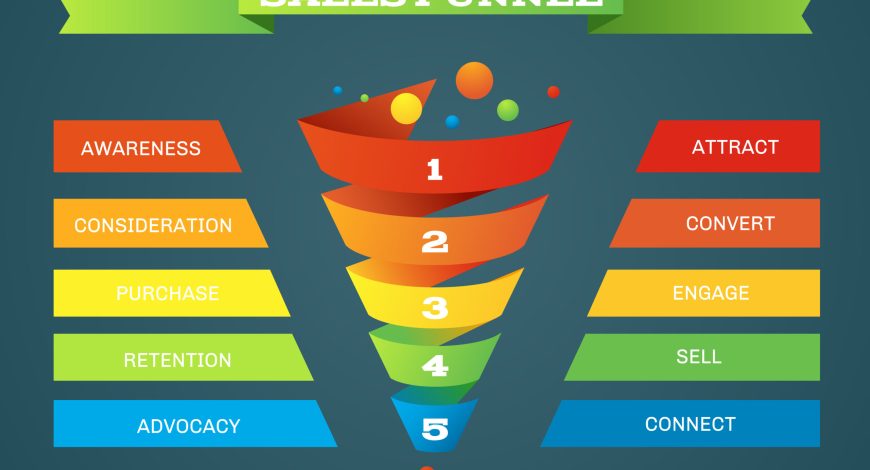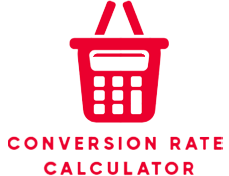Maximize revenue and sustain business growth with this insightful guide that delves deep into sales funnel conversion rates, providing actionable insights and best practices that can boost marketing strategies.
What Is a Sales Funnel?
A sales funnel represents the journey potential customers take from initial awareness of your brand through to purchase decision. It typically has several stages.
- Awareness: Potential customers become aware of your product or service.
- Interest: They demonstrate theirs by engaging with your content or offerings.
- Consideration: Prospects evaluate your product against competitors.
- Intent: They demonstrate a firm intent to buy.
- Purchase: Converting prospects into customers.
Understanding each stage allows businesses to pinpoint where prospects may fall off and implement strategies to boost conversion rates.
Why Is Sales Funnel Conversion Rate Important?
A sales funnel conversion rate measures the percentage of prospects who progress from one stage of the funnel to the next, eventually becoming paying customers. Tracking this metric provides businesses with valuable insight:
- Locate Bottlenecks: Pinpoint stages at which prospects are departing the pipeline.
- Optimize Marketing Strategies: Tailor content and outreach initiatives to address specific stage challenges.
- Forecast Revenue: Anticipate future sales using current conversion trends.
- Enhance Customer Experience: Improve interactions at every stage to provide smoother transitions for customers.
How to Calculate Sales Funnel Conversion Rate
Calculating the conversion rate between stages requires a simple formula.
Conversion Rate (%) = Conversions at Stage/Number of Prospects from Previous Stage) x 100.
Example:
for every 1,000 visitors who land on your website (Awareness stage), and 100 sign up for your mailing list (Interest stage), that equals 100 prospective clients completing this step of the sales cycle:
Conversion Rate = (10% of 100) * 100 = 10%
Applying this formula at each stage provides a clear picture of where improvements need to be made.
Benchmarking Sales Funnel Conversion Rates
Understanding industry benchmarks helps set realistic goals. According to recent studies:
- Top of Funnel (Awareness to Leads): 1-3% Conversion rate.
- Middle of Funnel (Lead to Opportunity): 10-15% conversion rate.
- Bottom of Funnel (Opportunity to Sell): 20-30% Conversion Rate
Benchmarks may vary based on industry, product complexity and sales cycle length.
Tools for Measuring Conversion Rates
Track and analyze your sales funnel conversion rates: There are various tools that can assist with this task:
- Google Analytics: Keep an eye on website traffic and user behavior with this web analytics solution.
- CRM (e.g. Salesforce and HubSpot) Systems: Manage customer interactions and maintain relationships effectively.
- Marketing Automation Platforms (e.g. Marketo or Mailchimp): Automate and monitor marketing campaigns effectively.
- A/B Testing Tools (e.g., Optimizely or VWO): Evaluate variations to increase conversion rates and find ways to boost them.
Best Practices for Improving Sales Funnel Conversion Rates
- Enhance Lead Qualification: Make sure marketing initiatives focus on high-quality leads more likely to convert.
- Customize Messaging: Create content tailored specifically to address the unique needs and pain points of different audience segments.
- Optimize Landing Pages: Create user-friendly landing pages with clear calls-to-action (CTAs) that help guide potential clients towards conversion.
- Implement Retargeting Campaigns: Re-engage visitors who didn’t convert initially through targeted ads.
- Harness Social Proof: Leverage testimonials, reviews and case studies to establish trust.
- Optimize Your Checkout Process: Reduce friction by streamlining steps and providing multiple payment methods.
- Regularly Analyse Funnel Metrics: Constantly analyze and adjust strategies according to performance data.
Measuring Conversion Rates Presents Difficulties
Companies often face difficulties when trying to track conversion rates accurately:
- Data Silos: Disparate systems may lead to inconsistency with regards to data.
- Attribution Problems: Trying to ascertain which marketing efforts led directly to conversions can be complex.
- Long Sales Cycles: Prolonged decision-making processes may obscure immediate conversion metrics and obscure immediate sale metrics.
- Change in Customer Behavior: Adaptations is required as customer preferences change over time.
Resolving these challenges requires integrating systems, employing advanced analytics, and maintaining flexible marketing approaches.
Conclusion
Optimizing and measuring the conversion rate of your sales funnel is integral to business success. By understanding each stage, using appropriate tools, and employing best practices you can enhance customer journeys, increase conversions, and drive revenue growth. Regular analysis and adaptation ensure your strategies remain effective in an ever-evolving market landscape.


